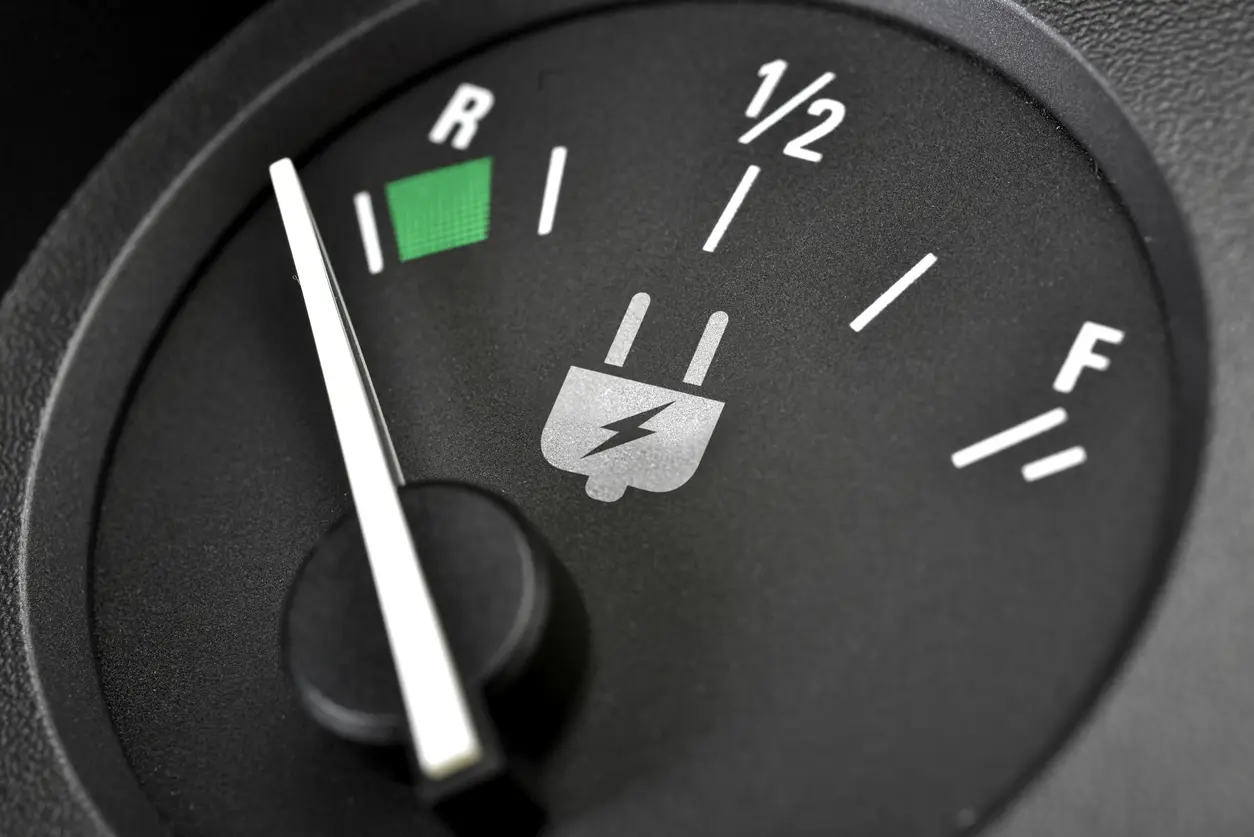What is range and how is it calculated?
Range is how far an EV can travel on one charge. The range you see in guides like the one at Natural Resources Canada (NRC) is the result of laboratory testing, and the tables display only an estimate.
But reality is different. Your EV will use different amounts of electricity depending on where, when, and how you drive, and how often you use regenerative braking.
You can find a sample EnerGuide label for an EV here.
Laboratory tests for EVs
EVs and gas-powered passenger vehicles are tested in a laboratory and not every vehicle that comes off the line is tested.
Although laboratory testing is far from perfect, vehicles from model year 2015 and later are now put through a five-cycle (instead of the original two-cycle) test for fuel consumption in Canada:
- city driving
- highway/rural road driving
- air conditioner on
- driving in cold temperatures
- faster driving with more rapid acceleration and braking
These tests cover some of the major factors involved in driving. However, they can’t account for many factors, like these:
- Driver habits: Fuel-efficient driving habits help conserve electricity.
- Local temperatures: The variations in Canada’s weather patterns equals the country’s vastness, from summers in some parts reaching over 30 °C, and winter sinking temperatures to -30 °C and even colder.
- Wind: Strong head winds will drain your battery faster.
- Road conditions: Rough or hilly roads require more energy.
So, how does your EV’s range indicator actually … indicate?
Your range indicator
The range indicator – also sometimes called a range display – is an EV equivalent to a fuel gauge on a gas-powered vehicle. This can show you your range left in two ways: by percentage or kilometres remaining.
Because of all the above-mentioned factors, EVs currently can’t yet accurately predict how far your car can still drive. However, the estimates aren’t random numbers either. They’re based on your recent driving trips. The time range taken into account varies by EV, so we’ll talk in generalities here.
If your previous few trips took place in the city and you then embark on a road trip that uses mostly highway, your range indicator may give you more range than you actually have left. That’s because city driving requires more use of regenerative braking, and driving speeds are slower.
Conversely, if you commute twice daily for an hour on a highway and then spend the weekend on a shopping trip in a large city, your range indicator may tell you that you have less power left than you actually do. Highway driving, because of the high speeds, generally uses more energy.
Which is more accurate: percentage or kilometres remaining?
We don’t feel that either is more or less accurate than the other. Rather, we view each as being more useful in certain situations.
When you’re driving on the highway, changing the indicator to show you the estimated number of kilometres remaining will help you gauge when you should be pulling over to a charging station. Because charging stations aren’t yet as ubiquitous as gas stations, you’ll appreciate the heads-up.
However, when driving in the city, where you use your brakes a lot, make frequent short trips, and can charge your car in many locations, including home, watching battery percentage remaining makes more sense.
For more questions on your EV, visit a NexDrive service centre. Our EV and hybrid experts will be more than happy to help you.
